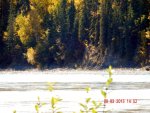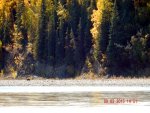I have a Nikon camera with 60x optical zoom and I have thought about trying it out as a spotting scope. I realize that it wouldn’t be 3D club material, but is there any reason it wouldn’t work fairly well?
Cameras for spotting?
- Thread starter pewpewfever
- Start date
Similar threads
Rifle Scopes
Revic scopes uk



